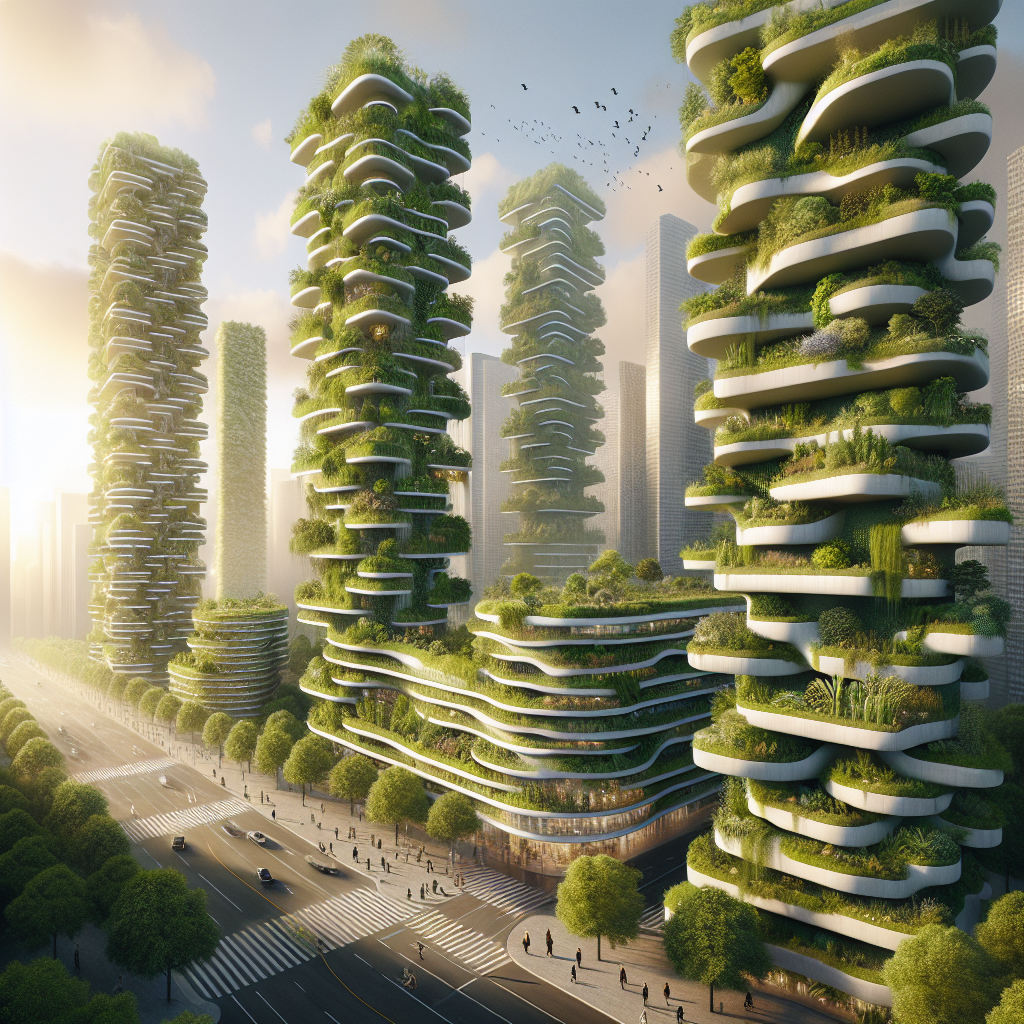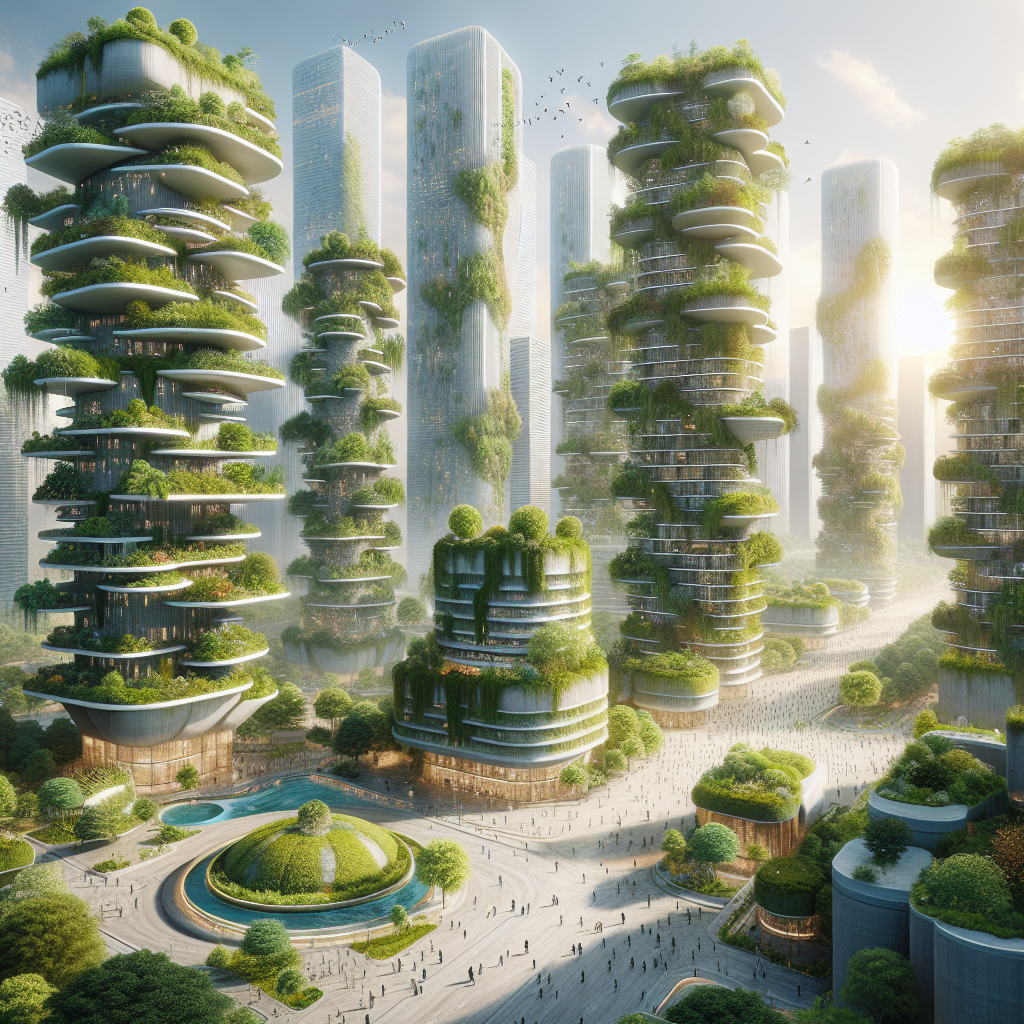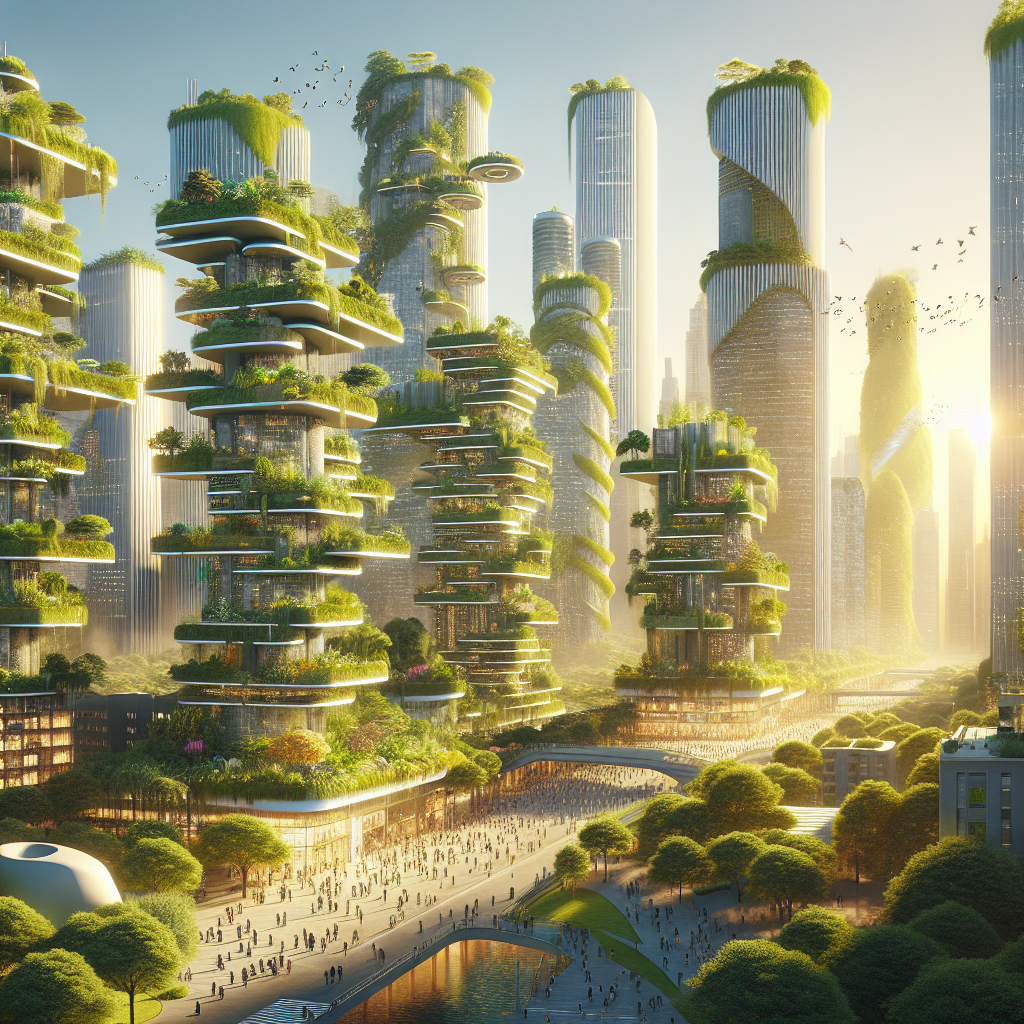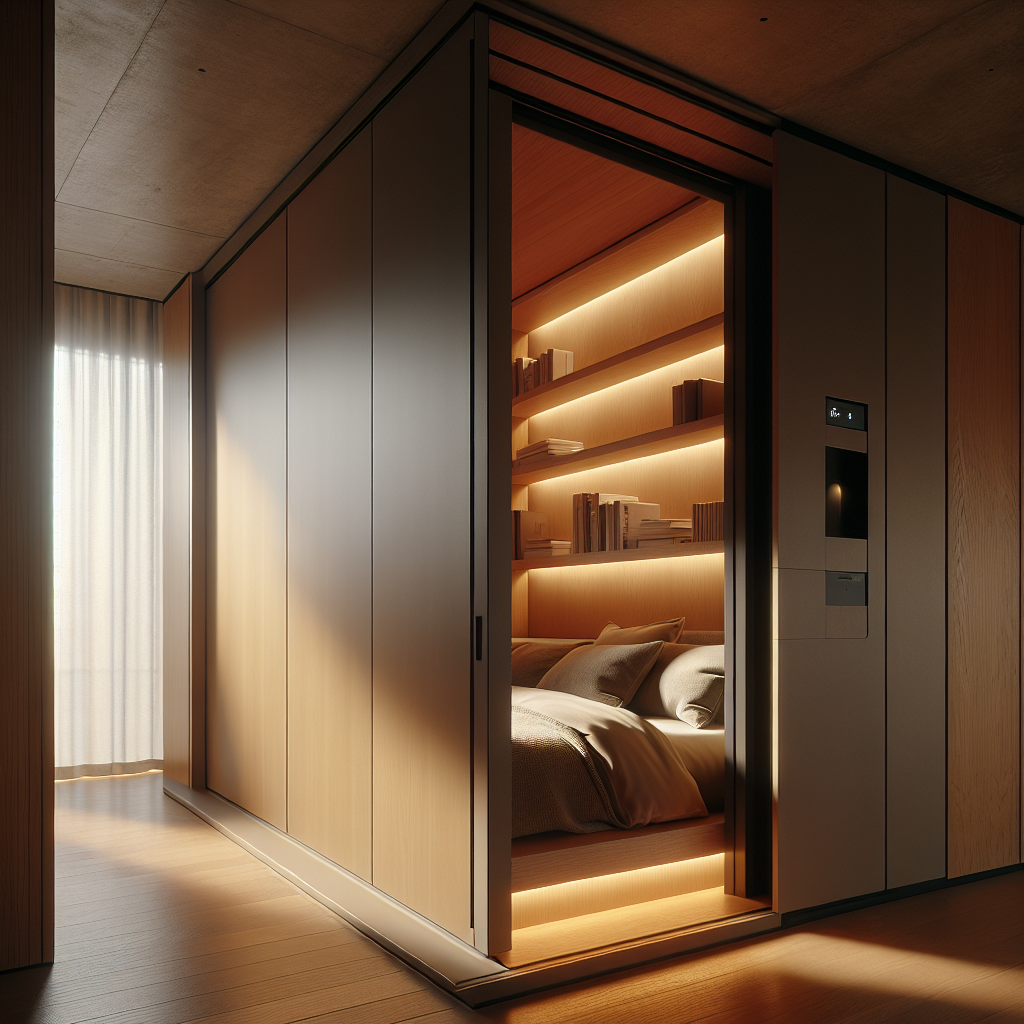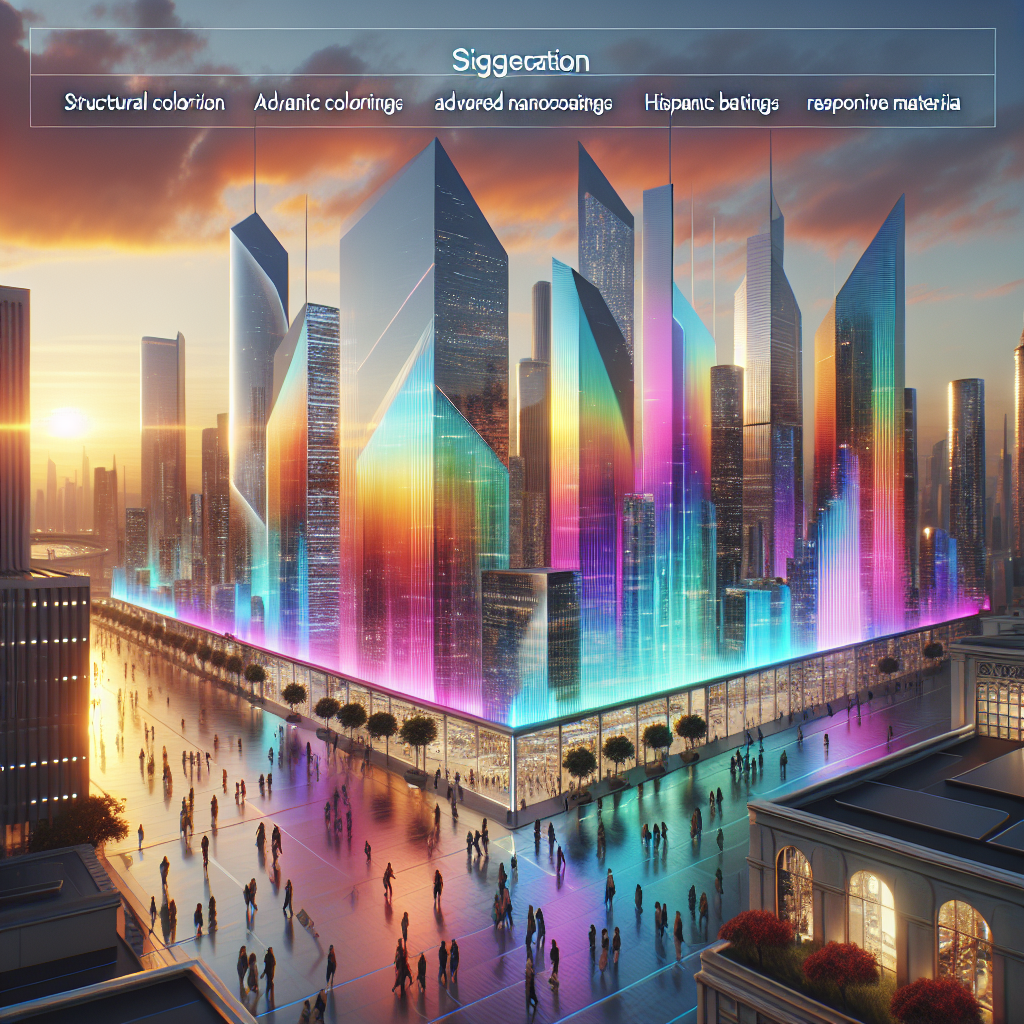Architecture that grows: seeded facades germinating over time
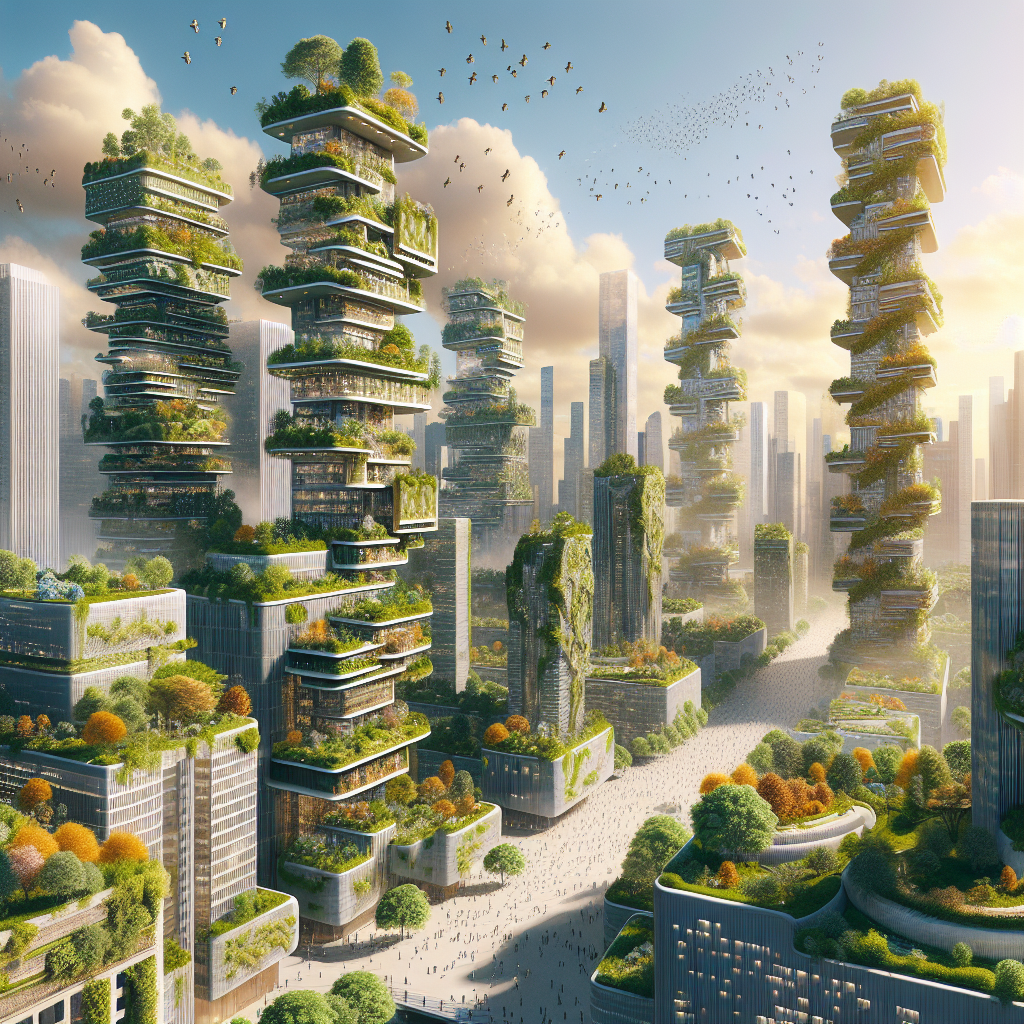
Architecture That Grows: Seeded Facades Germinating Over Time
Imagine a building that evolves, breathes, and flourishes, mirroring the natural rhythms of its surroundings. Architecture today is embracing a transformative shift, integrating nature into its very fabric. The concept of seeded facades, where buildings are designed to grow and germinate over time, is redefining urban landscapes, creating sustainable, living structures that respond dynamically to their environment.
Architects and designers are increasingly turning to nature-inspired solutions, adopting principles of biophilic design to foster human well-being and environmental sustainability. Seeded facades, a groundbreaking innovation in this realm, are facades embedded with seeds or living organisms, enabling buildings to develop lush, green exteriors naturally. This living architecture not only enhances aesthetic appeal but also contributes significantly to urban biodiversity, air purification, and thermal regulation.
The Science Behind Seeded Facades
Seeded facades are more than mere vertical gardens; they are sophisticated systems designed to integrate plant life seamlessly into architectural structures. Utilizing advanced materials and techniques, these facades provide the necessary substrate, nutrients, and irrigation for seeds to germinate and thrive. As the plants grow, they form a natural insulating layer, reducing energy consumption and enhancing the building’s overall sustainability.
Innovative materials such as biodegradable textiles, porous concrete, and specialized growth mediums are crucial in the successful implementation of seeded facades. These materials allow roots to anchor securely, ensuring structural integrity while promoting healthy plant growth. Furthermore, the integration of smart irrigation systems and moisture sensors ensures optimal hydration, making maintenance efficient and sustainable.
Global Examples of Seeded Facades in Action
Across the globe, pioneering architects are experimenting with seeded facades, transforming urban spaces into vibrant ecosystems. A notable example is the Bosco Verticale in Milan, Italy, designed by Stefano Boeri. This iconic pair of residential towers is adorned with thousands of trees and plants, creating a vertical forest that significantly reduces pollution and enhances urban biodiversity. The project has become a benchmark for sustainable urban architecture, demonstrating the profound impact of integrating nature into high-rise construction.
Similarly, the Oasia Hotel Downtown in Singapore, designed by WOHA Architects, showcases a stunning seeded facade that envelops the building in lush greenery. This living facade not only beautifies the urban landscape but also significantly reduces the building’s cooling load, exemplifying the practical benefits of biophilic architecture.
In France, the upcoming Paris 2024 Olympic Games are set to showcase sustainable architecture, including buildings with seeded facades. These structures will serve as a testament to the city’s commitment to environmental responsibility and innovative design.
Environmental and Social Benefits
The adoption of seeded facades offers numerous environmental advantages. By increasing urban greenery, these facades help mitigate the urban heat island effect, improve air quality, and support biodiversity. Plants naturally filter pollutants, absorb carbon dioxide, and release oxygen, creating healthier urban environments. Additionally, the thermal insulation provided by vegetation reduces energy consumption, aligning with global efforts toward net-zero architecture.
Socially, seeded facades enhance urban aesthetics, creating visually appealing spaces that foster community engagement and well-being. Studies have shown that exposure to natural elements in urban settings significantly improves mental health, reduces stress, and promotes overall happiness. By integrating nature directly into architectural design, seeded facades contribute positively to urban residents’ quality of life.
Challenges and Considerations
Despite their numerous benefits, seeded facades present unique challenges. Ensuring the structural integrity of buildings while accommodating plant growth requires meticulous planning and innovative engineering solutions. Architects must carefully select plant species suited to local climates and building orientations, ensuring long-term viability and minimal maintenance.
Moreover, ongoing maintenance and irrigation systems must be sustainable and efficient to prevent excessive water use. Integrating technologies such as rainwater harvesting and greywater recycling can address these concerns, promoting responsible resource management.
The Future of Seeded Facades
As cities worldwide grapple with the challenges of climate change and urbanization, seeded facades offer a compelling solution. The integration of nature into architecture is not merely a trend but a necessary evolution toward sustainable urban living. Emerging technologies, such as artificial intelligence in architecture, are poised to further enhance the design and implementation of seeded facades, optimizing plant selection, growth patterns, and maintenance strategies.
Additionally, innovations in vertical farming and hydroponic systems could expand the potential of seeded facades, enabling buildings to produce food sustainably within urban environments. This integration of agriculture and architecture could revolutionize urban food production, addressing food security challenges while promoting environmental sustainability.
Furthermore, the exploration of biodegradable architecture materials promises exciting possibilities for seeded facades. Structures designed to decompose naturally at the end of their lifecycle could significantly reduce construction waste, aligning with principles of the circular economy.
Conclusion: Embracing a Living Future
Seeded facades represent a visionary approach to architecture, where buildings are no longer static structures but dynamic, living entities that evolve over time. By embracing this innovative design philosophy, architects and urban planners can create sustainable, resilient, and beautiful urban environments that harmonize with nature.
As we look toward the future, the potential of seeded facades to transform our cities is immense. By integrating nature into our built environments, we can foster healthier communities, mitigate environmental challenges, and create urban spaces that truly thrive. Architecture that grows is not just a concept; it is a necessary evolution toward a sustainable and vibrant future.
For further reading, explore the concepts of biomimicry and green walls, which provide additional insights into nature-inspired architectural innovations.
